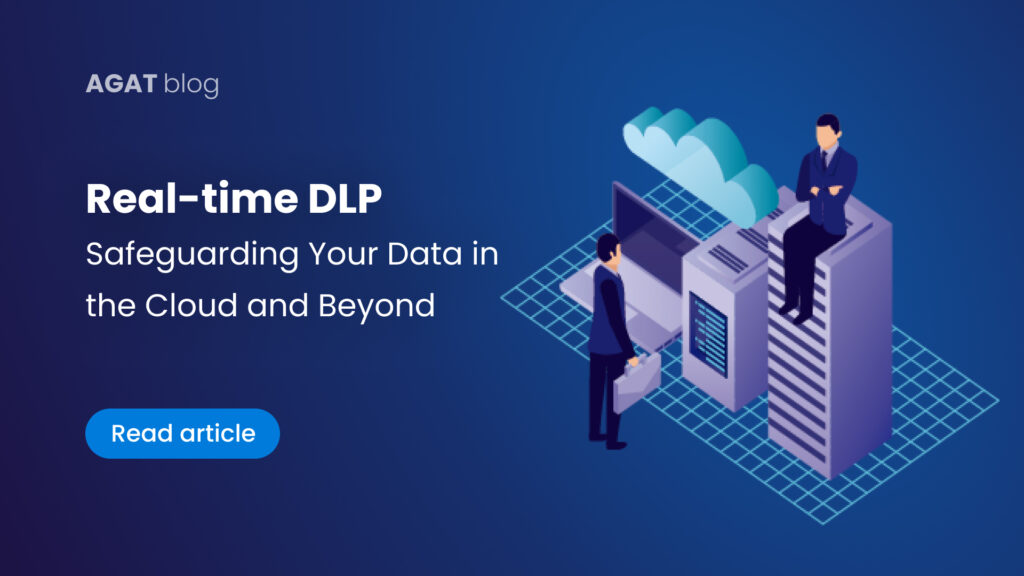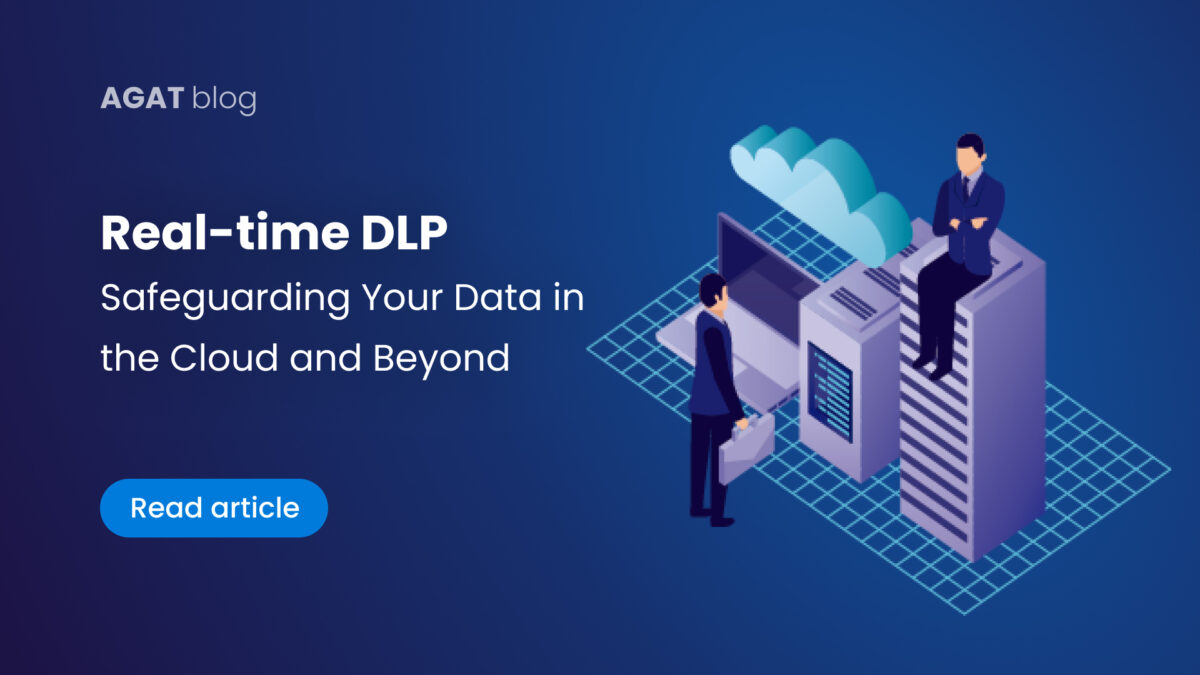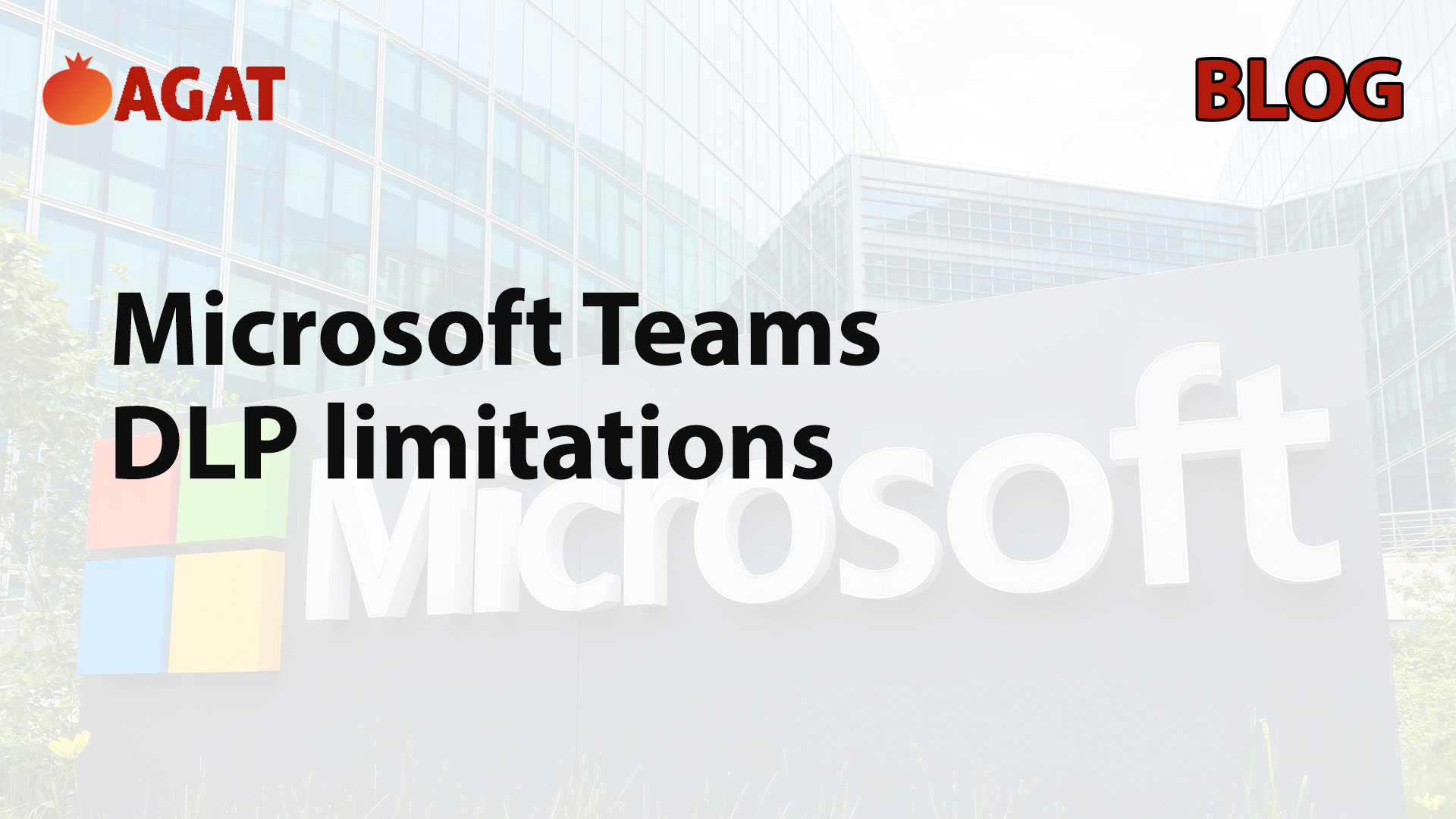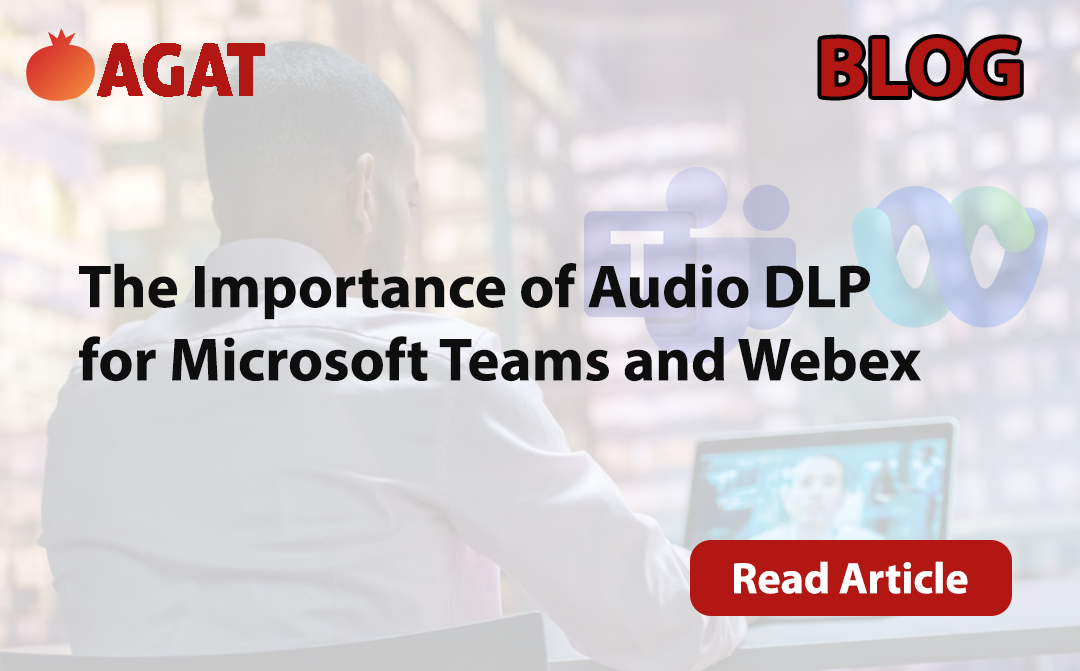
In an increasingly digital world, data has become one of the most valuable assets for organizations of all sizes. However, with the convenience of the cloud and the need for collaboration among external users, the risk of data breaches and leaks has grown exponentially. This is where Real-time Data Loss Prevention (DLP) comes into play, offering a powerful solution to safeguard your data, both in the cloud and beyond.
Preventing Data Leakage in Real Time
Real-time DLP stands as a robust shield against the unauthorized transmission of sensitive data to the cloud or external users. No longer do you need to fear your confidential information falling into the wrong hands. With this technology, you gain real-time control over what users can share, inspecting messages, files, and audio before they even leave your organization’s network.
Data Protection, Anytime, Anywhere
One of the key features of Real-time DLP is its ability to monitor data in motion as well as near real-time data at rest. This means that it doesn’t matter if your data is on the move or at rest in storage; it’s under constant surveillance. Your organization’s delicate information remains secure, whether it’s in transit or resting safely on your premises.
Seamlessly Integrating DLP
What’s more, Real-time DLP offers flexibility in terms of DLP inspection. You can choose to utilize the built-in engine for inspection or seamlessly integrate it with existing DLP infrastructures from leading vendors. This adaptability ensures that you can tailor your data protection strategy to fit your specific needs.
Customizable File Type Control
Real-time DLP puts the power in your hands with customizable file type control. Administrators have the ability to define which file types are allowed and which ones are blocked in real time. For instance, you can specify that only .docx and .pdf files are permitted for transmission while blocking potentially dangerous or non-compliant files such as .exe, .zip, or .rar formats. This granular control over file types adds an extra layer of security to your data, preventing potential threats from infiltrating your organization.
Benefits of Real-time DLP
The advantages of implementing Real-time DLP are manifold:
- Confidential Data Protection: Real-time DLP helps you detect and prevent the leakage of confidential data, ensuring your proprietary information remains safe from prying eyes.
- External User Safeguard: Sensitive data is blocked from reaching external users, reducing the risk of data breaches caused by accidental or intentional sharing.
- Proactive Threat Defense: By blocking file types in real time, your business is shielded from potential threats that could compromise your security.
Conclusion
In an age where data breaches and leaks are on the rise, safeguarding your organization’s sensitive information is of paramount importance. Real-time DLP emerges as a formidable ally in this ongoing battle, providing the means to prevent data loss in the cloud and beyond. Whether you’re concerned about data in motion, data at rest, or the types of files your users can transmit, Real-time DLP gives you the control and protection you need to keep your data secure in today’s digital landscape.
















